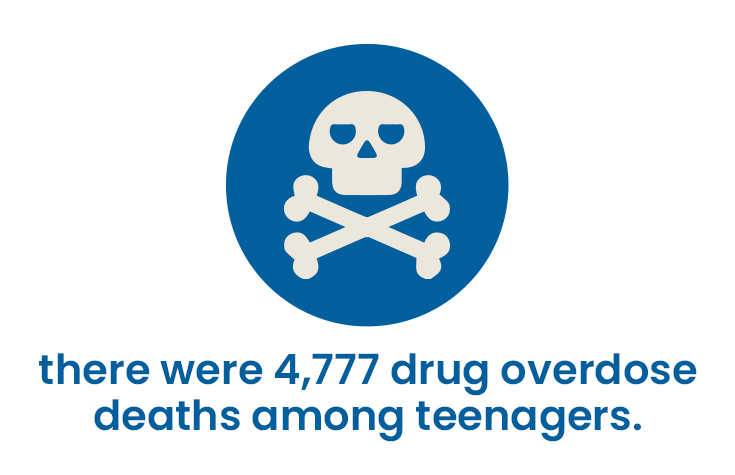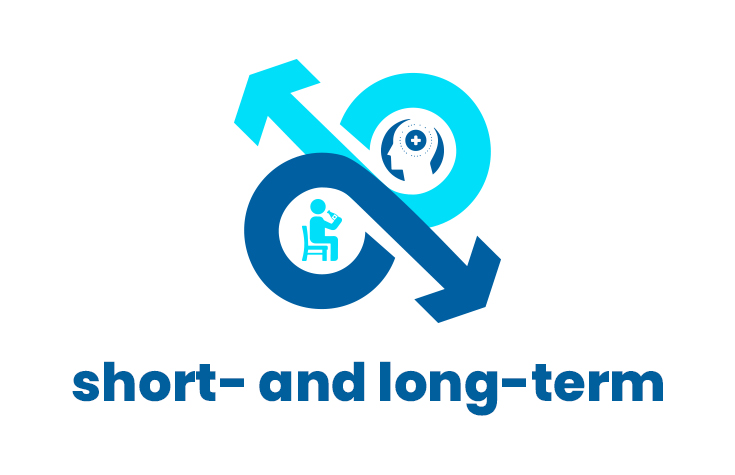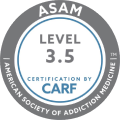Buprenorphine is used to treat patients with opioid addiction and has a similar effect to opioids by binding to the same brain receptors. The medication is safer without the severe risks associated with opioids. Buprenorphine is a widely known medication that can help ease withdrawal symptoms during withdrawal.
This prescription medication is an opioid alternate for medically assisted therapies and detox for opioid diseases. Taking Buprenorphine can help patients focus on their recovery from addiction. It helps reduce their desire to use and the severity of withdrawal symptoms.
The FDA has approved two opioids in opioid replacement therapy, which include Buprenorphine and methadone. It is only a partial opioid agonist; it does not activate receptors as strongly as other opioids.
Buprenorphine does not have intoxicating effects on people dependent on large doses of opioids. As a result, it prevents further attempts at opioid misuse, eases withdrawal symptoms for those undergoing detox, and reduces cravings for those just starting to recover. In the United States, prescription drugs can only be obtained with a doctor’s prescription.
At times Buprenorphine can be addictive as it doesn’t comprise naloxone; it comes under the brand name Subutex. In 2000 The Drug Addiction Treatment Act, for the first time, allowed the use of opioids for the use related to medically assisted therapy only in federally approved facilities. This medication is an antagonist at the kappa receptor and acts as a mu-opioid receptor.
Function and nature of Buprenorphine
Even though it is an opioid, Buprenorphine has distinct effects than many others because it is only a partial opioid agonist. Buprenorphine helps reduce withdrawal symptoms as the process is painful and supports opioid abuse rehabilitation. It can treat pain and addiction to opioid drugs. When you seek medical help, it can be administered as medically assisted therapy.
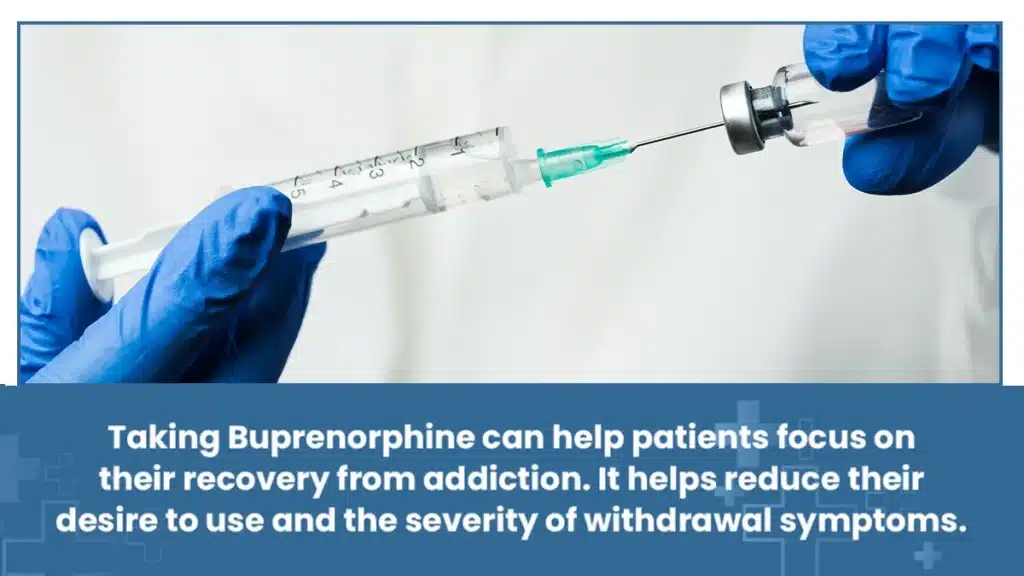
Use of Buprenorphine in a Rehab
In most cases, Buprenorphine is under administration to patients in a medical setting. This treatment can also be used as a part of a rehabilitation plan for opioid abuse at a healthcare institution. Occasionally, your doctor may approve you to begin buprenorphine treatment at home.
Buprenorphine is most effective when used in conjunction with psychotherapy. This medication is given to more stable patients who can be monitored monthly or more frequently. Overdose deaths are also less likely to occur because of their ability to reduce opioid effects and their presence during medical emergencies. Switching to Buprenorphine from another opioid medication is possible with the help of a doctor. Using buprenorphine medication to help persons in opioid recovery has many benefits.
Stabilization Period
The initial dose is low and increases over time until the desired effect is reached. Individual reports on how much their symptoms have improved serve as the basis for this evaluation.
Once an appropriate dose administration completes, treatment has begun, and patients are happy with the stability of Buprenorphine, there is no set recommended time limit for the continuation of medicine.
Phase of Continuity
Buprenorphine maintenance treatment is individualized since the length of treatment and the decision to get off the medicine depend on adequate support to guarantee sustained recovery after termination.
Potentially Adverse Reactions to Buprenorphine
Common side effects of Buprenorphine include dizziness, drowsiness, constipation, and nausea. On the other hand, if you experience any of the following signs, you should contact your doctor immediately.
- Signs of adrenal exhaustion include widespread pain
- Alteration of the state of mind
- Respiratory depression
- Symptoms such as dizziness, lightheadedness,
- Fainting, inability to wake up, and slow, labored breathing
- Irregular heart rate or rapid heartbeat.
How long does it take for Buprenorphine to kick? Buprenorphine has a somewhat lengthy half-life (28 to 37 hours when dissolved under the tongue). The half-life is the amount of time needed for half of a drug to wean off from the body. It takes three to five days for the body to eliminate enough of the drug to start showing withdrawal symptoms.
Preliminary Steps
Only buprenorphine-containing medications like Subutex and Suboxone also have FDA approval for buprenorphine induction (the start of therapy). Since Subutex has such a high affinity for opiate receptors, it will displace other opioids and, if administered too soon, may cause withdrawal symptoms. Sometimes, methadone or suboxone are used for the treatment process.
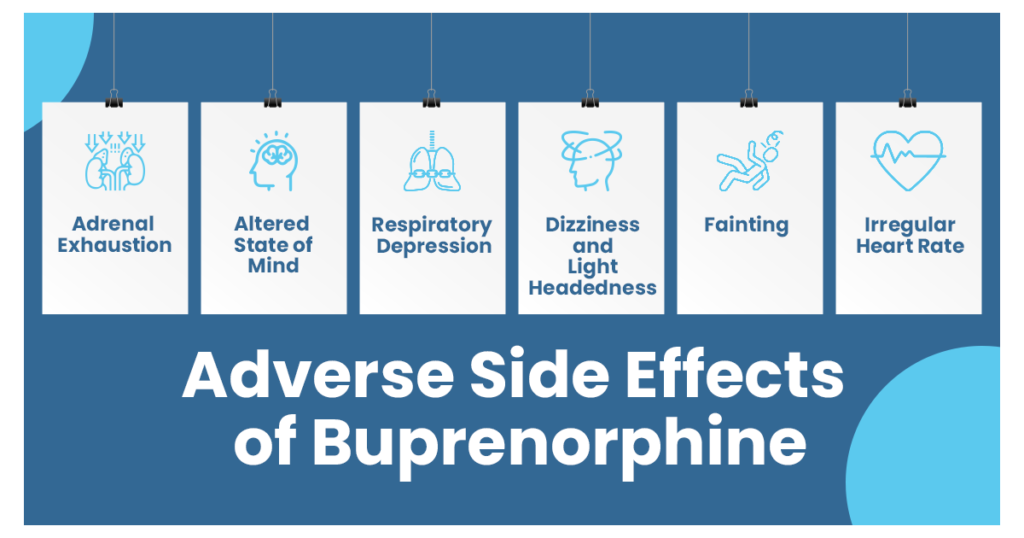
Frequently Asked Questions
What is Buprenorphine used for?
Buprenorphine is used during alcohol addiction treatment to reduce withdrawal symptoms and cravings during opioid withdrawal. These painful symptoms and cravings are why many individuals struggle to quit their addiction successfully.
Is Buprenorphine used to treat pain?
Buprenorphine can help reduce painful withdrawal symptoms such as headaches and other chronic pains.
What are the side effects of taking Buprenorphine?
Respiratory depression symptoms such as dizziness, lightheadedness, fainting, inability to wake up, and slowness are all possible side effects of taking this medication.
The Haven Can Provide the Care and Support You Need
Recovering from an opioid addiction can be challenging on your own. Luckily, The Haven is here to provide the care and support you need. Our compassionate staff of medical professionals is dedicated to providing a safe and secure environment for patients to successfully detox and recover.
The Haven Detox premium rehabilitation center has helped hundreds of patients recover with our evidence-based treatment programs. We off a comfortable residential program that provides a home-like experience with access to around-the-clock medical care.
To learn more about our programs, contact us at (561) 328-8627 today!


